TMR Technology: Tunnel Magnetoresistance Sensor for Gamers Who Demand More
Tunnel Magnetoresistance. Magnetic field precision. Sensor innovation. TMR is changing everything. In fact, TMR technology isn’t just a step forward – it’s an evolution.
It rewrites how we sense, aim, and control in gaming and beyond. From the tunnel structure to the TMR element’s quantum behaviour, every part of this system redefines accuracy and reliability. So, if you want zero drift, brutal precision, and ultimate control, you’re in the right place.
shordcode
What is TMR Technology, and Why Is Everyone Talking About It?
TMR, or Tunnel Magnetoresistance, is a breakthrough magnetic sensor technology. This system relies on a quantum tunnel structure between two ferromagnetic layers. One is fixed, and the other – the free layer – reacts to magnetic fields. Between them is an insulator: a magnetic tunnel barrier.
As the magnetization direction of the free layer changes, the electrical resistance of the TMR element changes too. This change in resistance is dramatic and extremely sensitive. Notably, electron transfer occurs in a quantum mechanical fashion.
TMR sensors detect magnetic field shifts with a precision unseen before. Compared to standard sensors using an AMR element, TMR sensors are faster, more reliable, and feature low power consumption. The extremely large MR ratio makes them ideal in modern applications. Especially in gaming, where speed and control are everything.
What Makes TMR Technology Different From GMR or AMR?
Many technologies, such as Hall sensors and GMR sensors, attempt precision. However, the difference lies in how they sense magnetic field variations. A TMR sensor operates via a quantum tunnel. Inside, a TMR element changes resistance based on magnetization states.
In contrast, GMR sensors use non-magnetic metal spacers. TMR uses a magnetic tunnel – an actual insulator between magnetic layers. As a result, conduction in the metal differs sharply. Also, GMR and AMR offer lower sensitivity.
TMR delivers higher sensitivity due to the quantum nature of the effect. While AMR sensors work well, conventional AMR limits resolution. Therefore, the comparison of the characteristics clearly shows TMR wins. It delivers extremely large output while maintaining stability.
How Does Tunnel Magnetoresistance Actually Work?
TMR depends entirely on tunnel magnetoresistance. Between two ferromagnetic layers lies an insulator. When aligned, the resistance is low. If they become antiparallel, resistance jumps. This response is proportional to the relative angle between layers.
Because the sensor structure includes a pin layer and free layer, minor magnetic field shifts affect the magnetization of the free layer. Using TMR, systems translate magnetic data into electrical output. These are true magnetic sensors with quantum-grade performance.
Even weak current flows get detected and tracked in real time. Furthermore, every magnetic sensor extracts input with precision. Ultimately, the magnetic field applied triggers electron motion. Thanks to this, gamers experience a direct translation from stick to screen.

Is TMR Only for Automotive Use?
Absolutely not. Although automotive electronic equipment uses it widely, TMR sensors are also increasing in fields like gaming and robotics. Yes, in the automotive industry, the TMR sensor designs monitor electric power steering, read speed based on the number of pulses per unit time, and track gear pulsar rotation via magnetic flux.
Each toothed gear pulsar rotates with projections and recesses. TMR detects these changes and extracts them as a pulse. This shows their value as a type of transducer. However, TMR also excels in consumer electronics and gaming. From sensing position to tracking rotation, the TMR sensor innovation continues to work on further expansion.
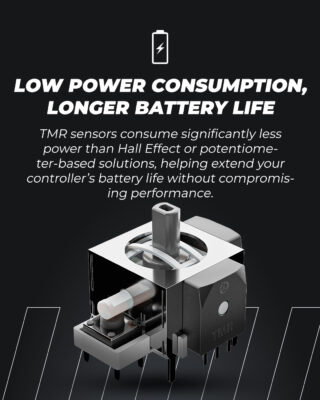
Why Gamers Should Care About TMR Technology
Drift ruins gameplay. TMR fixes it. Unlike sticks built with outdated potentiometers, TMR sensor technology eliminates friction and wear. The free layer doesn’t touch anything. It shifts magnetization instead.
This results in zero drift and maximum consistency. Moreover, high sensitivity means every input counts. In clutch moments, gamers feel the edge with TMR. There is no over-correction, no lag. Only raw, responsive feedback every time.
AimControllers + TMR: Built for the Competitive Elite
AimControllers has adopted the TMR technology in its next-gen PS5 and Xbox controllers. Each joystick includes a high-grade TMR element. When the magnetic field changes inside the sensor, the direction of the free layer shifts instantly.
This triggers a rapid change in resistance of the TMR element. The result? Gamers gain absolute control. Their motion becomes data without delay. Thanks to magnetic tunnel effects, inputs are pure. Not only that, durability increases.
The element is expressed in long-lasting, rugged hardware. Even after extended use, resistance is low. Thus, AimControllers deliver elite performance over time.
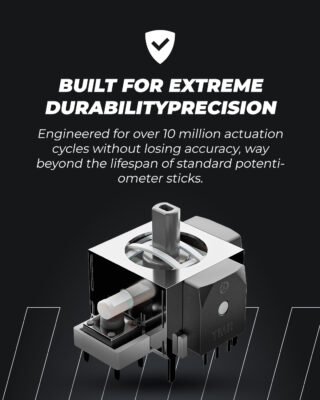
Are There Long-Term Benefits?
TMR technology reduces mechanical wear. Because it is non-contact, the magnetic layers remain stable. Over time, that ensures longer life and less maintenance. Additionally, TMR supports a wide temperature range.
The characteristics of magnetic sensors with TMR are solid. They resist magnetic noise, tolerate environmental shifts, and provide stable sensing for various types of gameplay. So, whether it’s FPS or racing, your controller stays sharp.
What’s the Science Behind This Sensitivity?
TMR’s magic lies in the quantum mechanics of magnetization. When electron transfer occurs across the tunnel, the resistance shift is immediate. Magnetic flux passes through the sensor, affecting the direction of the magnetization.
Because of this, TMR sensor devices outperform alternatives. Especially compared to sensors using an AMR element. Even if characteristics overlap, output does not.

Who Else Is Using TMR?
In addition to AimControllers, many tech sectors are adapting TMR. It’s expected to be utilised in read heads in hard drives, as well as in advanced drones and robotic arms. That’s because the element is proportional to magnetization angles, making it accurate for many tasks.
The expansion of the product lineup across industries has begun.
Why You Should Buy a TMR Controller Today
- TMR sensors outperform traditional GMR and AMR sensors
- Zero drift, high sensitivity, and ultra-low latency
- Enhanced durability thanks to non-contact sensing
- Precision that tracks every move with quantum accuracy
- Compatible with calibration tools for sustained excellence
- Trusted by automotive and consumer electronics sectors
- Ideal for competitive gamers and casual players alike


















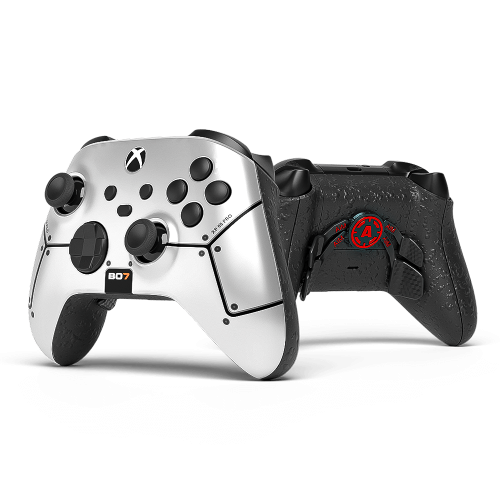

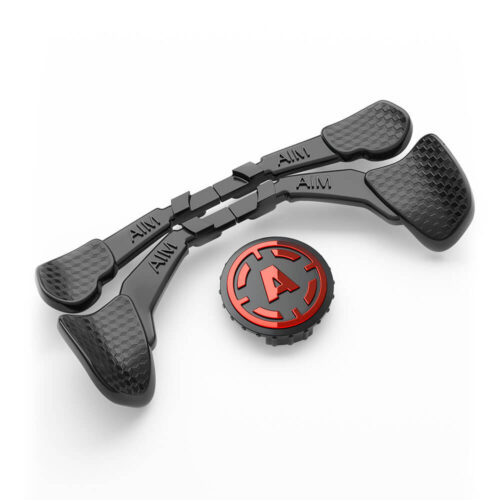
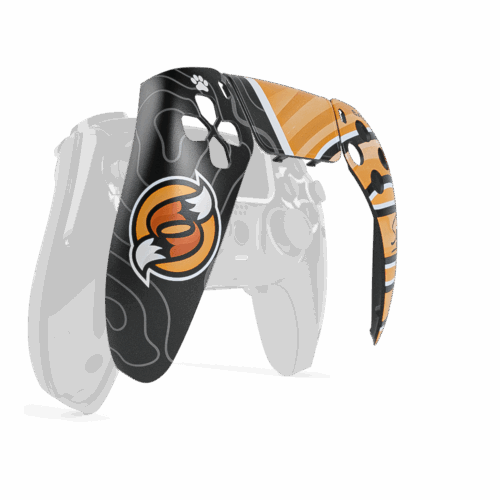


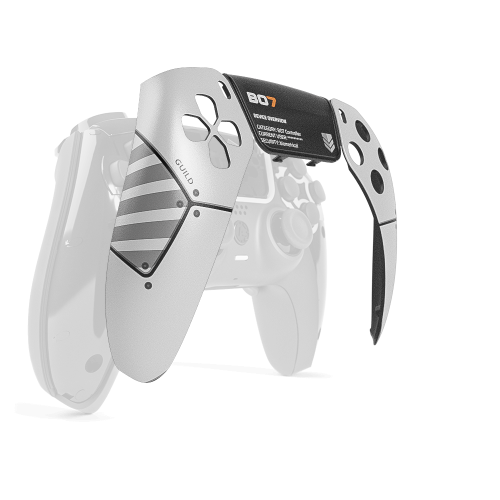
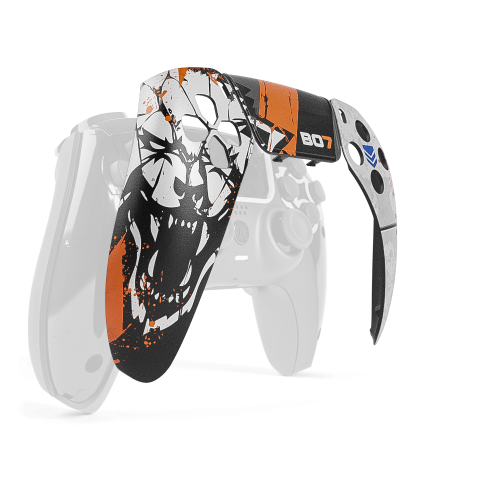


Latest news
Mastering the Custom Controller Setup for FPS Games
Master Optimising AimController for Competitive FPS Games – FPS Controller Setup Competitive Edge Ranked FPS [...]
Nov
Custom Controller Build for Racing and Fighting Games: PS5, PC & Xbox
Customising Controller for Racing & Fighting Games: Wireless Custom Controller Build, Design, and Style Racing [...]
Nov
Is a Customizable Game Controller Worth It?
Customisable Game Controllers in 2025: The Future of PC Gaming A controller is one of [...]
Oct
Best Controller Settings fo Battlefield 6: Best AimController Setup
The Best Controller Settings for Battlefield 6 BF 6 is set to redefine the first-person [...]
Oct
Key Gaming Trends of 2026
Key Gaming Trends of 2026 The gaming industry in 2026 is entering an age of [...]
Aug
How To Use a PS5 Controller on PC
How to Use the PS5 Controller on PC: A Complete Guide to Connect and Use [...]
Aug
Mortal Kombat Series – Legendary Fighting Game
Mortal Kombat Series – The Legendary Changing Fighting Game Mortal Kombat isn’t just another fighting [...]
Jul
The Benefits of Hall Effect Sensors in Controllers
Hall Effect Sensor Technology to Boost the Performance of Your Controller Hall Effect Sensors convert [...]
Jul